Hyundai Motor IPO: Key Info on India’s Largest Listing
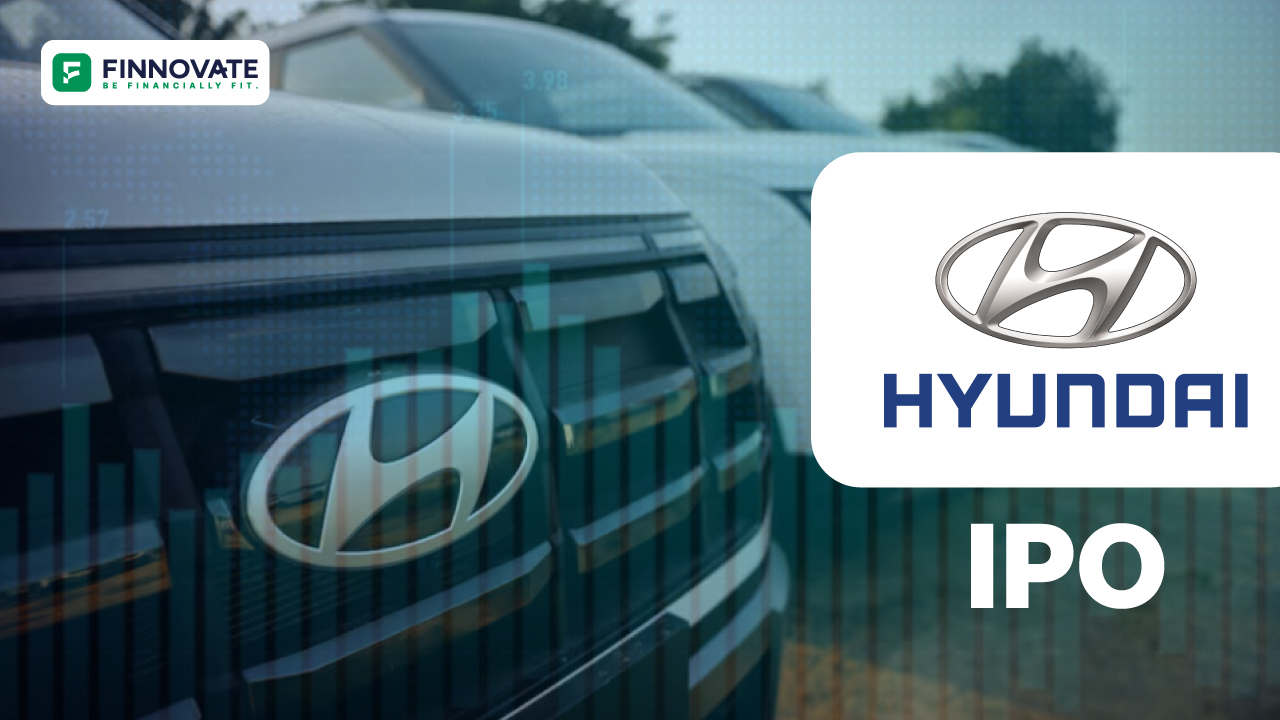
By

Hyundai Motor India Limited (HMIL) is set to launch India’s biggest Initial Public Offering (IPO), valued at ₹27,870 crore.
Hyundai India manufactures and sells a range of passenger vehicles, including sedans, hatchbacks, SUVs, and electric vehicles. The company operates a vast network with 1,366 sales points and 1,550 service points across India. Its current portfolio includes 13 passenger models like the Grand i10 NIOS, i20, Venue, Creta, and the electric SUV Ioniq 5. As of December 31, 2023, Hyundai had partnered with 363 dealer companies for sales and distribution.
Founded in May 1996, HMIL entered the Indian market at a time when Maruti Suzuki held around 80% market share. Hyundai’s first major breakthrough came in 1998 with the launch of the Santro, which helped the company secure a 10% market share.
Following the success of the Santro, Hyundai introduced models like the Accent and Getz. Between 2008-2010, it launched popular models such as the i10 and i20, with the i20's success propelling the company's market share to 17%. Notably, the i10 remains Hyundai's most sold model, with over 1.8 million units, followed by the Santro at 1.46 million units. When Renault’s Duster hit the market but failed to capitalize on its early success, Hyundai seized the opportunity by launching the Creta in 2015, which became a massive hit in the SUV segment. The graph shows that 5 out of the top 10 best-selling vehicles in India are from Hyundai, highlighting the brand's strong market position.
HMIL’s has two manufacturing plant in Chennai, Tamil Nadu, having combined annual production capacity of 824,000 units as of 31st March’24.
India, currently contributing 6-7% of HMC's global revenue, is expected to play a larger role as the economy matures. The IPO will also enable Hyundai India to gain greater autonomy, particularly in developing new technologies like electric vehicles (EVs) and hybrids, allowing it to compete with local giants like Maruti Suzuki and Tata Motors.
• Hatchback (Market Share: 12.3%): Hyundai is the second-largest player in the hatchback segment. However, its market share has declined over the last five years due to the discontinuation of compact models like the Santro and Eon.
• Sedan (Market Share: 20%): Hyundai is the second-largest contributor to the sedan segment, with the Aura driving significant sales. Despite discontinuing the Xcent in FY24, the Verna facelift has strengthened its position, becoming the second-highest seller in the premium sedan market during Q1 FY25.
• Compact SUV (Market Share: 15%): Hyundai entered the compact SUV market with the Venue in FY20, initially capturing 21% market share. Intense competition caused this to drop to 12% by FY23, but the recent launch of the Exter has helped regain market share to 15%.
• Medium-size SUV3 Mid-size SUV (Market Share: 38%): Hyundai continues to lead the mid-size SUV segment, dominated by the Creta, despite its market share falling from 68% in FY19 due to competition. Regular updates to the Creta have helped Hyundai maintain leadership over the past five years.
• Large-size SUV (Market Share: 4%): Hyundai holds a small share of the large-size SUV market, with a 4% market share.
Country-wise car penetration, CY 2021
As of FY24, India had 26 cars per 1,000 people, up from 22 in FY19, but still lower than developed and emerging nations, indicating significant growth potential.
India's median age is about 28 years, and it has largest working population among major global economies. It is to add approximately 70 million to the workforce (15-64 age group) by 2030.
Rise in Per Capita Income
India's per capita income is projected to grow at a 9.4% CAGR from CY2024 to CY2029, increasing purchasing power and positively impacting PV demand.
India Passenger Vehicle Industry
India's domestic passenger vehicle (PV) sales volume grew at a Compound Annual Growth Rate (CAGR) of 5%, rising from 3.4 million units in FY19 to 4.2 million units in FY24. This growth, while positive, appears modest due to several external factors:
• 2020: The auto industry faced multiple challenges, including a liquidity crisis and the introduction of BS6 emission norms. Compounding this, the COVID-19 pandemic caused a severe decline in demand, leading to a significant downturn in the industry.
• 2021: Although COVID-19 continued to impact mobility and transportation, there was a slight recovery in PV sales. However, price hikes due to BS6-compliant engines and high raw material costs limited the industry’s growth, and sales remained below pre-COVID levels.
• 2022: The semiconductor shortage posed a new challenge, but strong pent-up demand following the reopening of the economy helped PV sales increase by 13%.
• 2023: The industry witnessed a strong rebound, growing by 27% to reach 3.9 million units sold, driven by sustained demand and better market conditions.
• 2024: Despite record sales of 4.2 million PVs, growth remained flat, signalling a possible saturation point or stabilization after consecutive years of recovery.
The PV market is oligopolistic, led by Maruti Suzuki, Hyundai, and Tata Motors. Kia and Mahindra have also gained market share through strong SUV offerings, with Hyundai and Kia collectively holding a 21.3% share. Hyundai + Kia Market Share = 14.6+6.7= 21.3%.
The average selling price (“ASP”) between Fiscals 2019 and 2024 increased at a CAGR of 7-9% because of premiumisation trend as well as sharp rise in vehicle prices.
Reasons:
1) A growing preference among Indian consumers for mid & top end vehicles with higher pricing offerings more space, a taller stance, enhanced connectivity, and better performance.
2) The introduction of compact SUVs, which has improved affordability leading to decline in demand for hatchbacks and compact sedans
3) Growing adoption of digital technologies such as smart phone connectivity, car equipped with sunroof, and safety features through ADAS (Advance Driver Assistance System) technology.
The SUV segment, which traditionally appealed to customers valuing larger seating capacity and its ability to drive on rough terrain, has increasingly gained customer preference over the years. Historically, hatchbacks were preferred choice among the Indian consumers due to their lower prices and reduced running costs, making them more affordable.
However, as awareness and consumer preferences grew- particularly among young buyers of factors beyond just price such as enhanced driving experience, safety and advanced technology, these shifts have fuelled the growth of SUVs. Over past 5 years, more than 30 SUVs were introduced by OEMs, compared to only 4 hatchbacks and 3 sedans.
During the same time period, SUV segment expanded at CAGR of 23% CAGR i.e. over 4x the industry growth of 5% With the rising popularity of SUVs, utility vehicle segment is expected to continue leading the market, projecting a CAGR of 7-9% during FY24-29P, while hatchbacks and sedans segment are anticipated to clock muted growth.
Electrification in the Indian PV Industry
EV sales have surged at a 160% CAGR from FY21 to FY24, reaching 2.3% market penetration. Government incentives like FAME II are driving EV adoption, though the market remains in its early stages with significant expansion potential ahead.
Hyundai Motor India's (HMIL) manufacturing facility in Chennai, with a production capacity of 824,000 units annually, is one of the largest in India. This plant has been operating near full capacity, prompting HMIL to acquire a new plant in Talegaon, Maharashtra. Partial operations at this facility are expected by H2FY26, increasing the company's total production capacity to 1,074,000 units.
This expansion is aligned with anticipated domestic demand growth and export needs, and HMIL expects to fully utilize this capacity by 2030.
Additionally, Hyundai plans to enhance EV manufacturing infrastructure in Tamil Nadu, showcasing its commitment to the growing electric vehicle (EV) market.
HMIL is India’s leading passenger vehicle exporter, with a cumulative 3.61 million units exported to over 150 countries since its inception. Exports contribute approximately 20% of its total sales volume, offering a higher average selling price (ASP) than domestic sales, which helps boost profitability. With PV exports expected to grow at a CAGR of 7-9% from FY24 to FY29, HMIL is well-positioned to capture this opportunity. The company enjoys strong support from Hyundai Motor Corporation (HMC) for global market expansion.
HMIL’s current portfolio of passenger vehicles caters to a diverse customer base offering “something for everyone”. Their portfolio of 13 passenger vehicle models across major passenger vehicle segments by body type include sedans (Aura and Verna), hatchbacks (Grand i10 NIOS, i20 and i20 N Line) and SUVs (Exter, Venue, Venue N Line, Creta, Creta N Line, Alcazar, Tucson and IONIQ 5).
Various passenger vehicle models have multiple engine fuel options across petrol, diesel, compressed natural gas (“CNG”) and EV along with diverse transmission options (MT, AMT, AT, DCT and iVT).
The company is also investing in EVs, with plans to introduce four new EV models, including the highly anticipated Creta EV by FY25, positioning Hyundai as a significant player in India's EV market.
Hyundai has a strong R&D base, allowing it to introduce advanced features tailored to Indian consumers. The company’s BlueLink voice recognition system, adapted for "Hinglish" commands, exemplifies its ability to customize global technologies for local markets. The Design Dynamics is Flexible in adaptive new design elements which are appealing to young audience.
With 1,377 sales outlets and 1,561 service centres across India as of June 2024, Hyundai has the second-largest sales and service network in the country. This extensive reach enables it to serve a wide customer base, including rural markets where infrastructure is expanding. The company’s strategy also includes an online sales channel for premium EVs like the Ioniq 5, allowing direct consumer interaction and feedback for fine-tuning its EV approach.
i)Invest in R&D
ii)Focusing on Premium Med size SUV
iii) Supplier Network Enhancement
iv) Focus on EV
i) Raw Material Dependency:
Rising costs of key materials and components can negatively impact Hyundai's profitability. Any significant price fluctuations in steel, aluminum, or other essential raw materials could strain the company's margins, given the highly competitive nature of theautomotive industry.
ii) Conflict of Interest with Kia
Hyundai’s group companies, Kia Corporation and Kia India Private Limited, operate in the same market and target similar customer segments. This overlap could lead to internal competition, cannibalizing market share and creating potential conflicts of interest that may adversely affect Hyundai’s growth and market position.
iii) Supplier Concentration Risk
Hyundai relies on a limited number of suppliers for critical parts and materials. Disruptions in the supply chain, delays, or failures to meet quality and specification standards could severely impact Hyundai's production timelines and its ability to meet customer demand, affecting its operational efficiency and reputations.
iv) Royalty Fee Impact
Hyundai pays a royalty to its parent company, Hyundai Motor Corporation (HMC). Any increase in this royalty fee, especially beyond the 5% threshold set by SEBI Listing Regulations, could reduce the company’s profit margins, directly impacting profitability metrics, including earnings per share (EPS).
v) Recall Risk
Product recalls due to manufacturing defects or safety concerns can harm Hyundai's brand image and incur significant financial costs. Recent recalls, such as Ioniq 5 (1,744 units in June 2024), Creta and Verna (7,698 units in February 2024), and Tucson (4,914 units in August 2021), highlight this risk. These recalls may affect consumer confidence and increase warranty expenses.
vi) Legal Risks
Hyundai faces ongoing legal battles amount to 6240 Crore that could pose financial and reputational risks. Adverse rulings or penalties from legal disputes could lead to substantial financial liabilities and tarnish Hyundai’s brand image, further impacting its market performance.
vii) Some Aspects of Dividend Look Suspicious. Last year’s net profit was around 6000 Cr and they have given a dividend of 10782 Crore almost two years profits.
Hyundai Motor India Ltd. (HMIL) is well-positioned for future growth, supported by its capacity expansion plans, strong exports, and a diverse portfolio catering to various market segments, including SUVs and EVs. The company’s leadership in the mid-size SUV segment, combined with its focus on premiumization and strategic investments in EV infrastructure, makes it a key player in India’s evolving passenger vehicle market. However, risks such as raw material dependency, supplier concentration, and potential conflicts with Kia present challenges.
At a valuation of 26x FY24 EPS, Hyundai is competitively priced compared to peers like Maruti (30x P/E) and Mahindra (35.5x P/E), though it trades at a premium to Tata Motors (11x P/E). While the valuation reflects its robust market position and growth potential, investors should weigh the risks against the company’s long-term strategy and ability to capitalize on emerging industry trends.
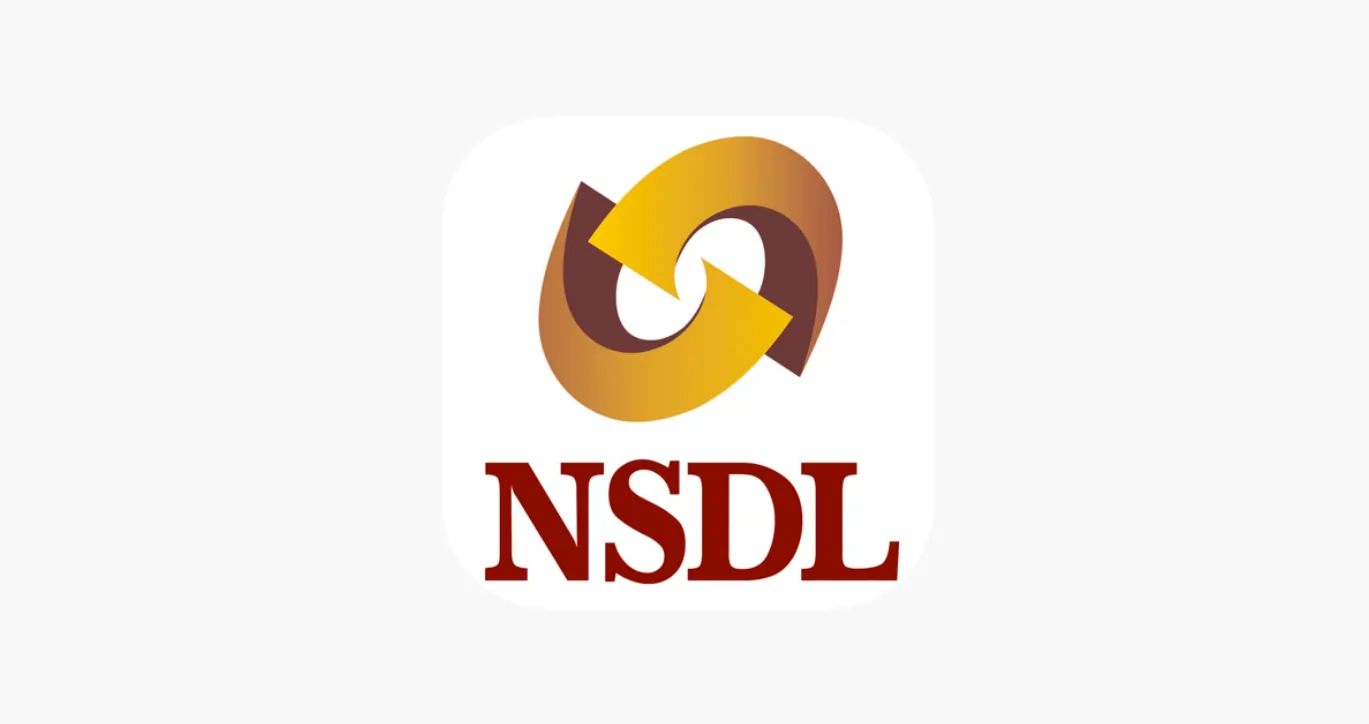
Learn how to easily download your NSDL CAS Statement in PDF format with our step-by-step guide. Follow our instructions to log in to NSDL e-Services, download your account statement, and subscribe for
Read Full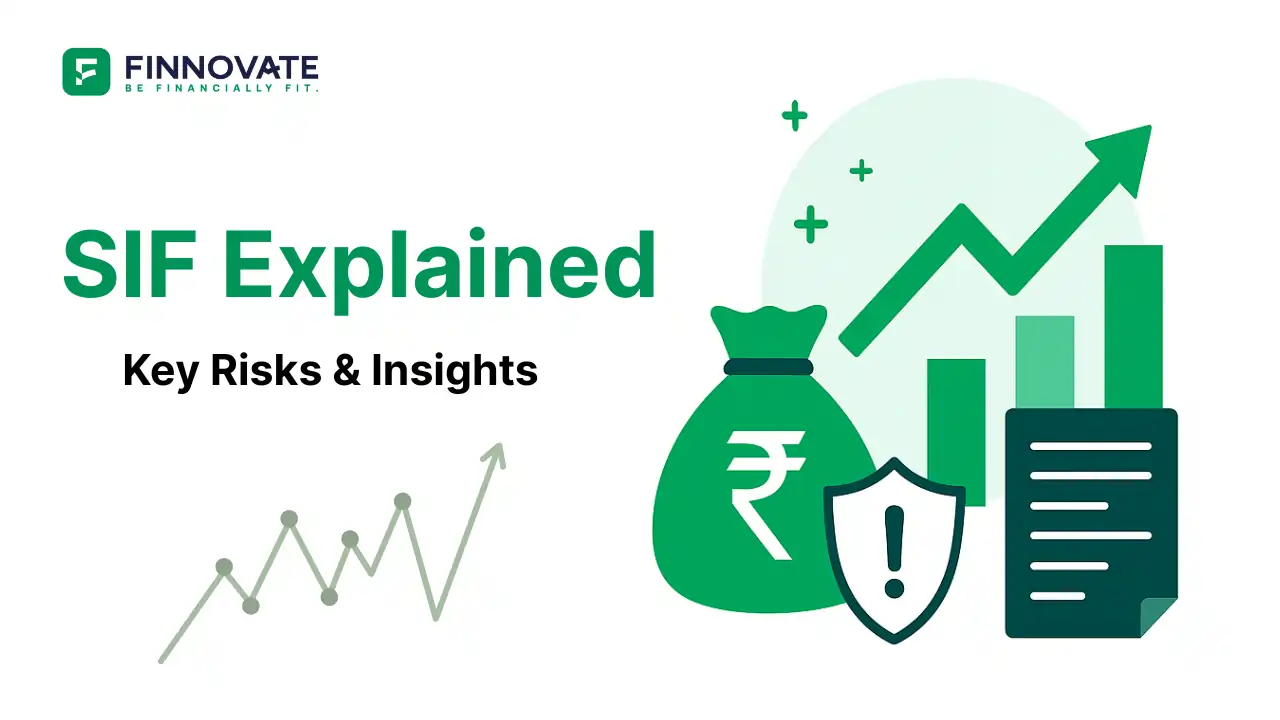
Explore what Specialised Investment Funds (SIFs) are, their benefits, taxation, minimum investment, how to invest, how they compare with mutual funds and PMS and latest developments in SIF space
Read Full
Learn How to Download Your CDSL CAS Statement with our step-by-step guide. Easy instructions for accessing your investment details online.
Read Full
Analyzing the potential economic impact of the 2025 India-Pakistan conflict on India's GDP growth, manufacturing sector, and foreign investment.
Read Full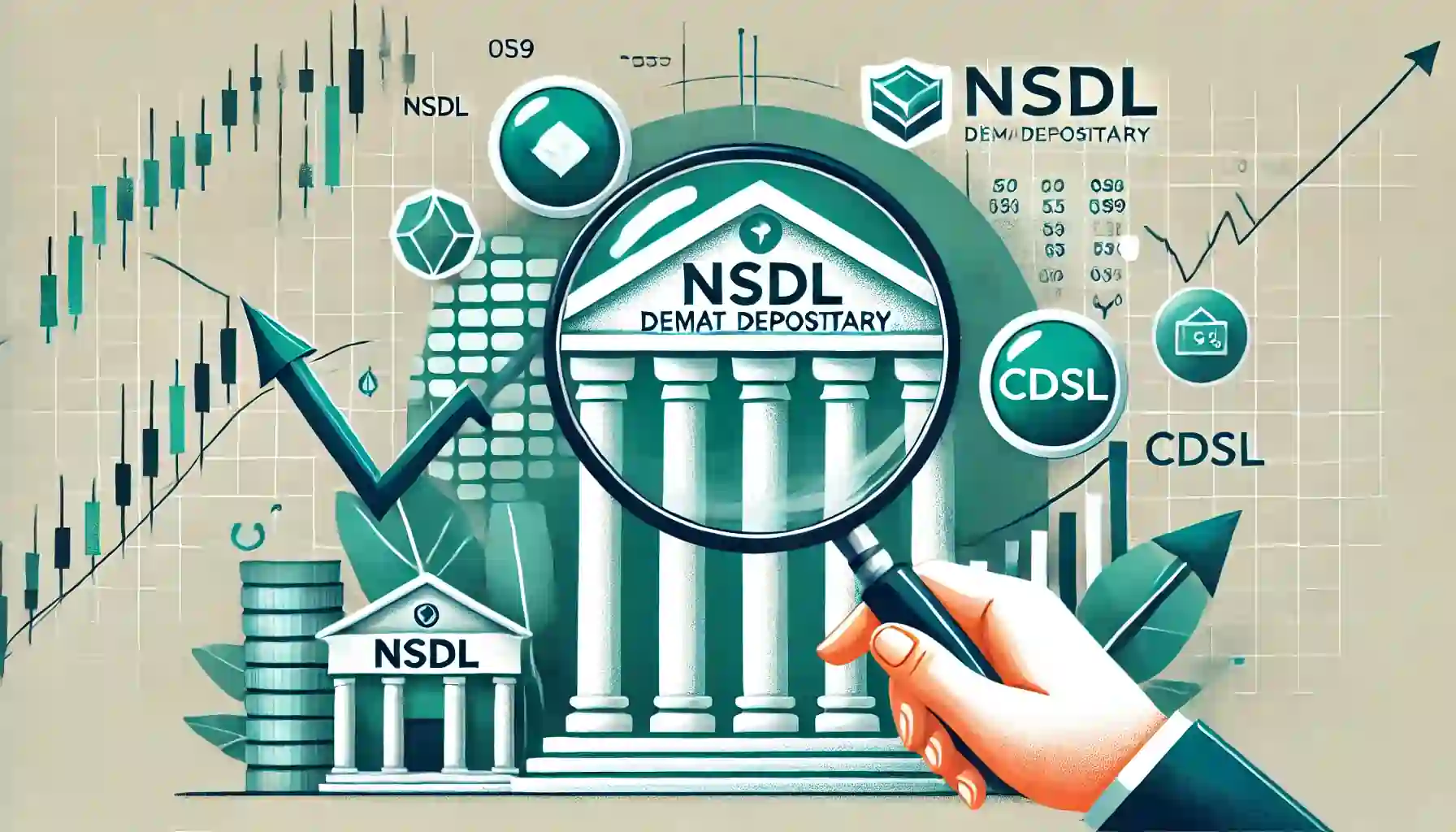
Determine if your Demat Depositary (DP) is NSDL or CDSL easily. Follow our guide to check using broking platforms or Demat account number formats
Read Full
Looking for the best financial freedom books? Here’s a handpicked 2025 reading list with summaries, why to read, and who it's best for.
Read Full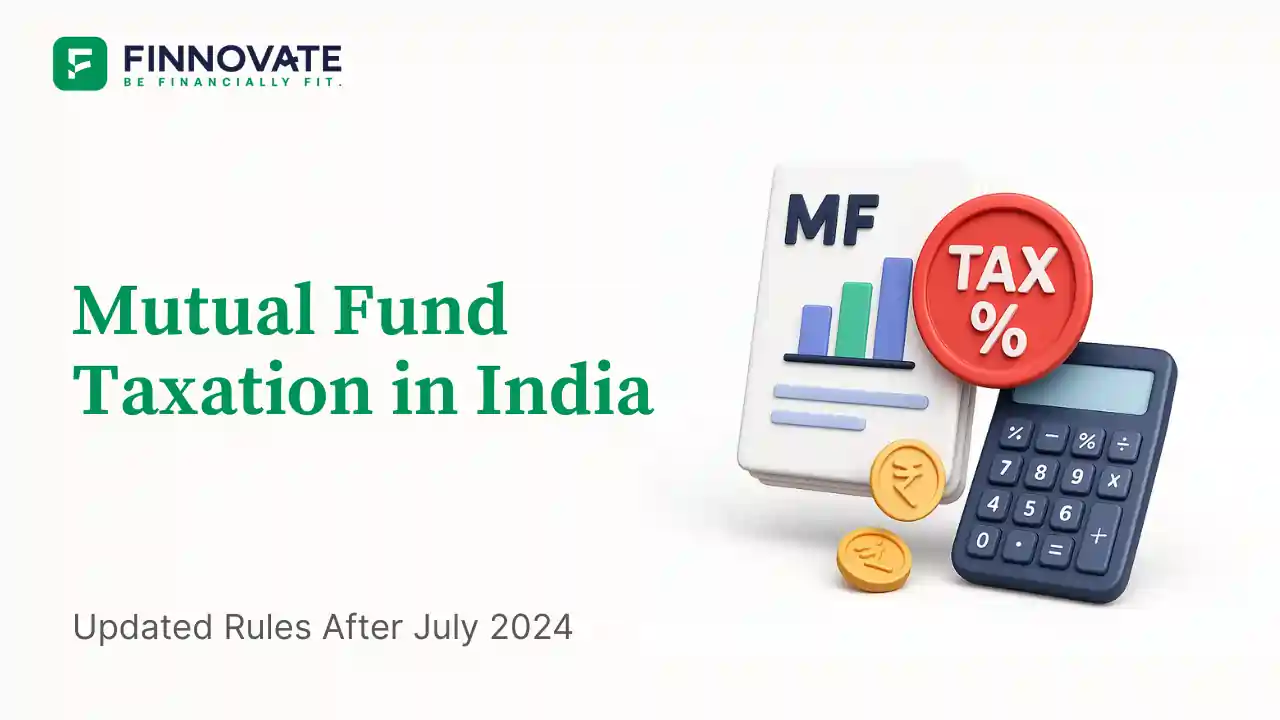
Clear guide to mutual fund taxation in India for FY 2025–26 after July 2024 changes: equity STCG 20%, LTCG 12.5% with ₹1.25L exemption, debt/hybrid rules, dividends, examples, tables, and FAQs.
Read Full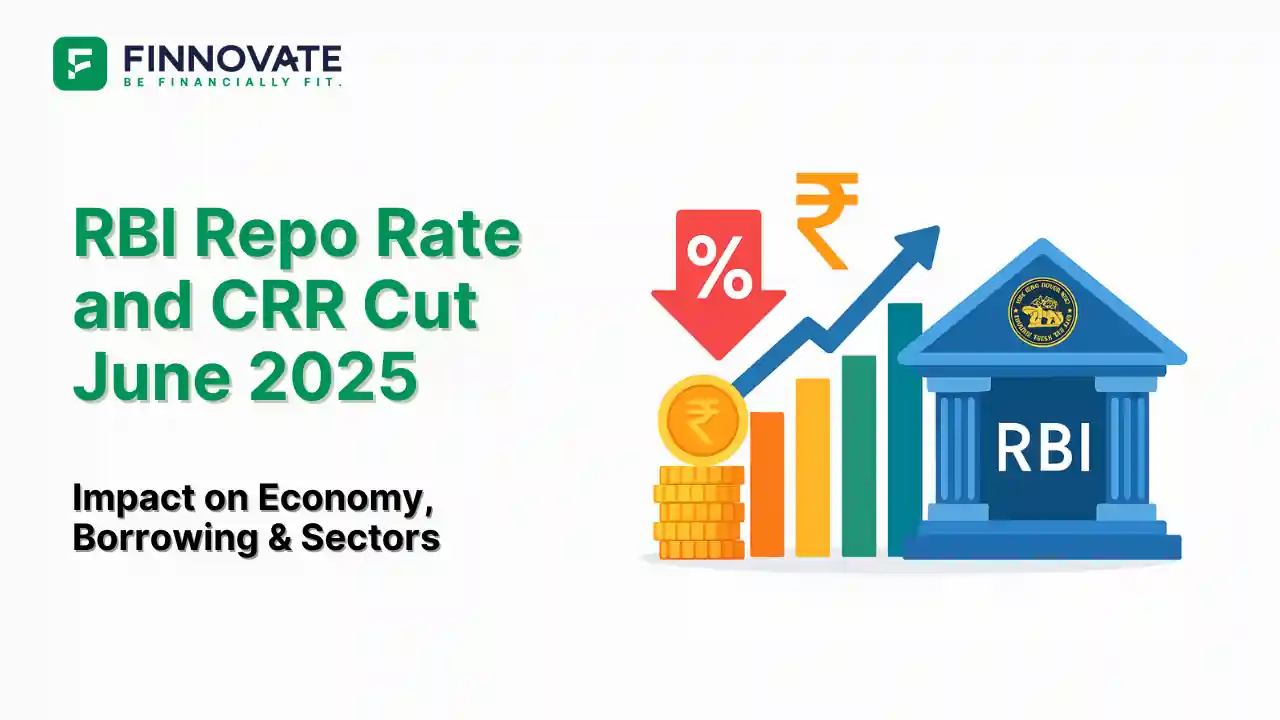
RBI cuts repo rate by 50 bps and CRR by 100 bps in June 2025 to boost growth. Learn how it impacts inflation, borrowing, sectors, and market trends.
Read Full